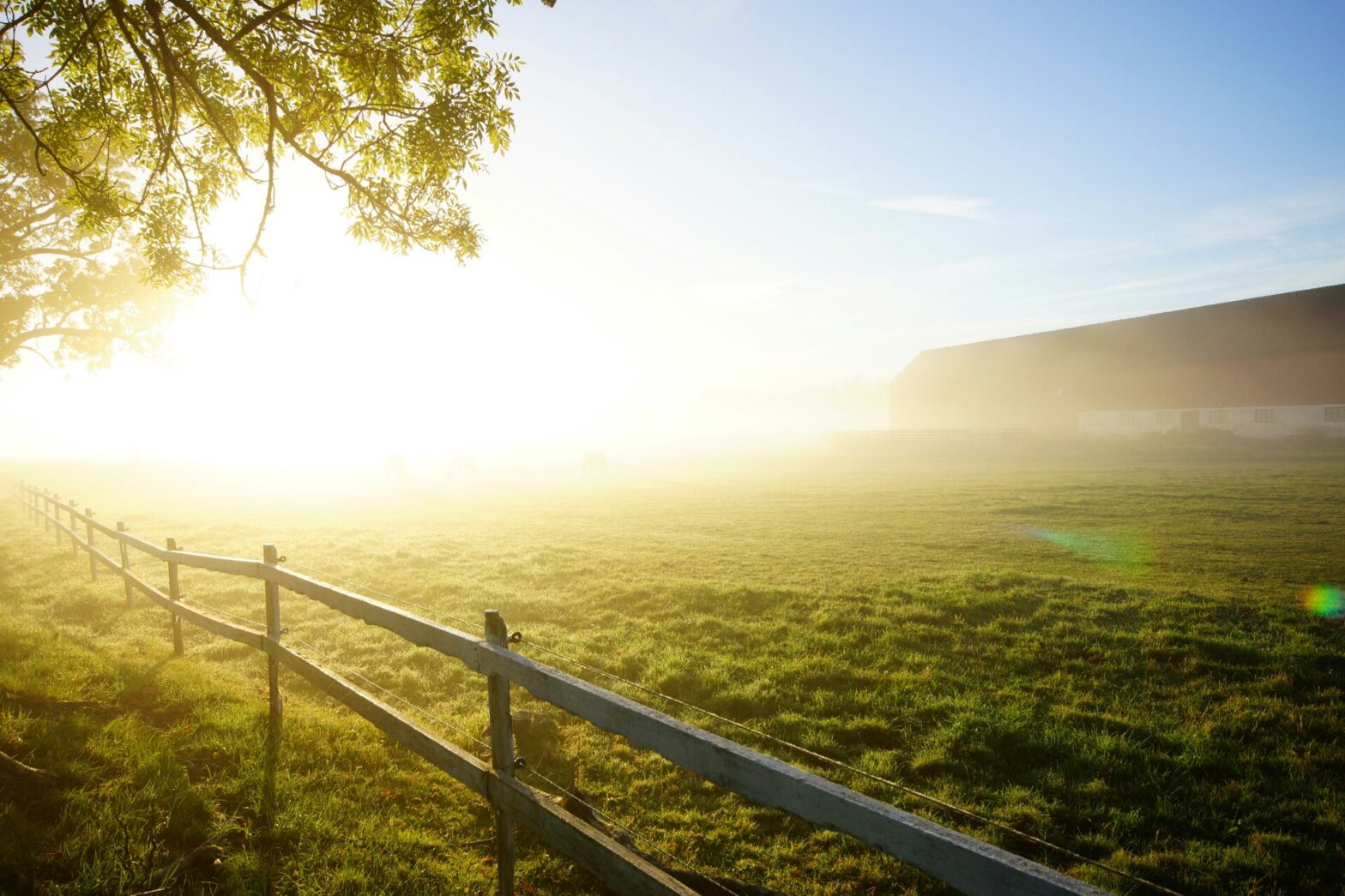
How to Revitalize Old Lots and Pastures
Homeowners often overlook outdoor spaces when considering property upgrades. However, real estate agents in Australia estimate that attractive landscaping can increase property value by 20%. Conversely, poor landscaping can decrease the value of your land by up to 30%.
Many properties have underutilized lots and pastures. Not only are these areas neglected, but they may also cause drainage problems, become habitats for undesirable plants and animals, and reduce the property’s value.
Even if you do not plan to sell your property, revitalizing old lots and pasturelands can mitigate potential problems and help you maximize the use of all available assets on your property.
Here are six essential steps to fully restore lots and pastures on your property.
Evaluate the Landscape
The initial step is to evaluate the lot and identify issues to address during the restoration. Here are key factors to consider:
- Drainage and Water Retention: In wet climates, consider drainage issues. Look for areas with standing water, assess the pitch and slope of the land, and check for blockages in the drainage system that could cause flooding.
- Topography: Topography includes the land’s shape, slope, waterways, and features like trees, rocks, and soil types. Understanding the topography helps determine a restoration method and how to utilize the land after restoration.
- Features to Remove: Identify which features need to be removed to use the land as desired, such as cutting down trees, removing or thinning brush, or draining areas with standing water. Decide if specialists are needed for specific tasks.
- Potential Hazards: Identify potential dangers, such as harmful animals, waste, abandoned equipment, or unstable ground. Hire professionals or make plans to address these risks.
A thorough landscape evaluation helps plan the restoration and identify potential issues before work begins. It also helps avoid conflicts with neighbors, such as causing water to drain onto their property or creating dust or debris that could blow into their homes.
Enhance Soil Quality
Soil quality is often overlooked in landscape restoration but is crucial for the proper growth of desirable plants and grasses. The soil must have the correct consistency to filter nutrients, ensure proper drainage, and prevent erosion.
Soil testing involves collecting samples to assess their qualities and composition. The samples will reveal the ratio of minerals and nutrients, as well as the presence of unwanted chemicals, gases, or substances.
Healthy soil is necessary for a productive pasture or well-landscaped lot that adds value to your property. Once you have the soil test data, you can decide on treatments, fertilizers, or adjustments to create the desired environment for growth.
Clear Debris and Invasive Species
Debris and invasive species can interfere with the growth of preferred plants and soil improvements. Invasive animals, like feral rabbits, goats, and rodents, can eat or uproot beneficial foliage before it has a chance to grow.
Invasive plants can alter soil composition, choke out other plant life, and use resources before they reach the preferred plant life. Removing plants and blocking invasive animals might require professional assistance to eradicate unwanted plants without damaging other foliage.
You also need to clear debris, such as brush, fallen logs, waste material, and abandoned items. Skip bins can be used to contain and separate these unwanted materials.
Plant for Aesthetics and Functionality
Attractive landscapes can add value to the property, but practicality and functionality are also essential.
Native trees, flowers, and plants in NSW are ideal for landscape beautification as they thrive naturally with minimal human intervention. Trees like lemon myrtle and blueberry ash, and groundcover plants like coastal rosemary and fan flowers, can enhance the landscape.
Native plants are practical because they grow naturally in the area and require minimal care. Maintaining the landscape once planted ensures the land does not revert to its previous state.
Functionality is also important. For sloping topography, ornamental grasses like lomandras and dianellas can enhance the landscape while preventing erosion. Edible plants, such as fruit trees, vegetables, or berry bushes, can also be considered for personal use or sale.
Implement Erosion Control Measures
Erosion can wash away healthy soil, counteracting your efforts to create the desired ecosystem on your land. Erosion occurs when runoff removes topsoil, washing away vital nutrients.
Erosion is more evident on bare ground without plants. Mature plants give the ground structure, soak up water, and their roots hold the ground in place.
Groundcover plants are best for reducing erosion. For steeply sloped areas, more aggressive erosion control may be needed, such as creating barriers, directing runoff to areas with gravel or rocks, or using landscape terracing to minimize runoff.
Use Skip Bins for Efficient Waste Management
Skip bins are essential for proper cleanup and waste removal during restoration projects. They provide a centralized and secure location for waste disposal, ensuring trash does not overflow or spread.
Choosing the right size skip bin is crucial for efficient waste management. Consider the number of attendees, event duration, available space for placing bins, types of waste expected, and local waste management regulations. Appropriately sized bins optimize waste management practices.
Setting up recycling stations encourages proper waste disposal and supports sustainability. Ensure these bins are clearly labeled to help attendees easily identify the appropriate recycling container.
Follow Up with Thorough Cleanup
Thorough cleanup after the project demonstrates responsibility and care towards the environment and the local community. It helps establish event organizers as considerate neighbors who value sustainability and collaboration. Prioritize open communication and respect for neighboring residents during and after the project.
With these strategies in place, revitalizing old lots and pastures can be successful while reducing their environmental impact and respecting the community.










